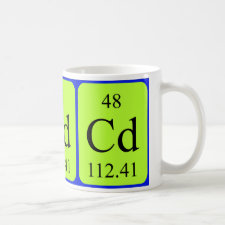
Authors: Zhang SQ, Yang X, Liu L, Ju MT, Zheng K
Article Title: Adsorption Behavior of Selective Recognition Functionalized Biochar to Cd(II) in Wastewater.
Publication date: 2018
Journal: Materials
Volume: 11
Issue: (2)
Page numbers: ArticleNo299.
DOI: 10.3390/ma11020299
Alternative URL: http://www.mdpi.com/1996-1944/11/2/299
Abstract: Biochar is an excellent absorbent for most heavy metal ions and organic pollutants with high specific surface area, strong aperture structure, high stability, higher cation exchange capacity and rich surface functional groups. To improve the selective adsorption capacity of biochar to designated heavy metal ions, biochar prepared by agricultural waste is modified via Ionic-Imprinted Technique. Fourier transform infrared (FT-IR) spectra analysis and X-ray photoelectron spectroscopy (XPS) analysis of imprinted biochar (IB) indicate that 3-Mercaptopropyltrimethoxysilane is grafted on biochar surface through Si-O-Si bonds. The results of adsorption experiments indicate that the suitable pH range is about 3.0-8.0, the dosage is 2.0 g L-1, and the adsorption equilibrium is reached within 960 min. In addition, the data match pseudo-second-order kinetic model and Langmuir model well. The computation results of adsorption thermodynamics and stoichiometric displacement theory of adsorption (SDT-A) prove that the adsorption process is spontaneous and endothermic. Finally, IB possesses a higher selectivity adsorption to Cd(II) and a better reuse capacity. The functionalized biochar could solidify designated ions stably
Template and target information: cadmium ion, Cd(II)
Author keywords: biochar, targeted adsorption, Cd(II), adsorption
![]()


Join the Society for Molecular Imprinting

New items RSS feed
Sign-up for e-mail updates:
Choose between receiving an occasional newsletter or more frequent e-mail alerts.
Click here to go to the sign-up page.
Is your name elemental or peptidic? Enter your name and find out by clicking either of the buttons below!
Other products you may like:
 MIPdatabase
MIPdatabase









